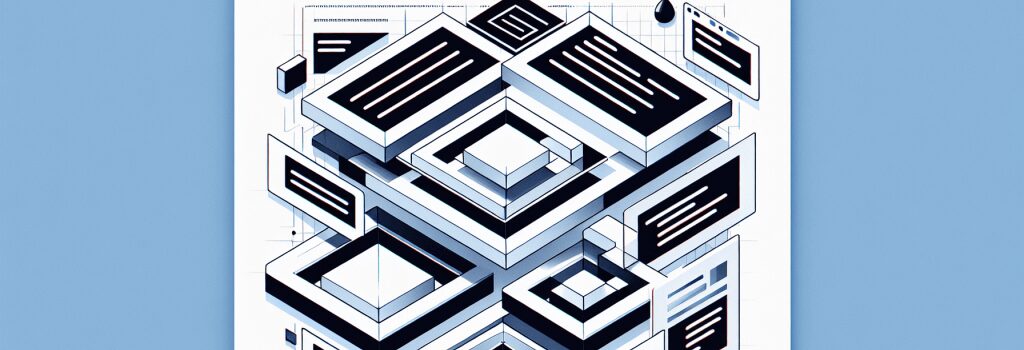Implementing Multi-Column Layouts with CSS

Creating Multi-Column Layouts: A Guide to CSS Techniques
In the world of web development, mastering the art of layout design is fundamental. Among numerous layout patterns, multi-column layouts stand out for their versatility and widespread use in structuring content on the web. This article dives into implementing multi-column layouts using CSS, providing insights and methods to enrich your web design toolkit.
Understanding the CSS Column Properties
Before we dive into implementation, let’s familiarize ourselves with the core CSS properties that facilitate creating multi-column layouts:
– ;column-count><strong>: Dictates the number of columns in the layout.
– </strong>;column-gap><strong>: Sets the gap between columns.
– </strong>;column-rule>: Inserts a rule (line) between columns, similar to border properties.
Combining these properties allows for detailed control over the appearance and behavior of multi-column layouts.
Implementing Basic Multi-Column Layouts
Creating a basic multi-column layout is straightforward. Let’s start with an example where we aim to divide a block of text into three columns:
By applying the ;.multi-column> class to a text container, the content automatically flows into three evenly spaced columns, separated by a subtle line.
Responsive Multi-Column Layouts
Embracing responsiveness is crucial in modern web design. Fortunately, CSS offers the flexibility to adjust column layouts based on screen size. Using media queries, we can redefine column properties to accommodate various devices:
This approach ensures that the multi-column layout remains readable and visually appealing across different devices, from desktops to smartphones.
Advanced Techniques and Considerations
<h4>Balancing Column LengthsIn certain layouts, balancing the content length in each column may be desirable. CSS doesn’t provide a direct property for equalizing column lengths, but creative use of ;column-break> properties (such as ;break-inside>, ;break-before>, and ;break-after>) can influence the flow and distribution of content.
<h4>Nesting ColumnsFor more complex designs, columns can be nested within one another. This involves creating a multi-column layout inside another column, which can be achieved by applying the column properties to a container within a parent column.
Best Practices and Tips
– Use semantic HTML: Enhance accessibility and SEO by structuring your content with semantic HTML tags.
– Test extensively: Multi-column layouts can behave unexpectedly on different browsers and devices. Testing is key.
– Consider content hierarchy: The visual impact of multi-column layouts on content hierarchy should not be underestimated. Plan your layout to guide the reader’s attention appropriately.
Conclusion
CSS multi-column layouts offer a powerful tool for web developers to craft engaging and responsive designs. By understanding and utilizing the properties and techniques discussed, you can enhance the visual appeal and usability of your web projects. Remember, the key to effective web development lies in experimentation and continuous learning. Embrace these techniques, and empower your websites with beautifully structured multi-column layouts.


